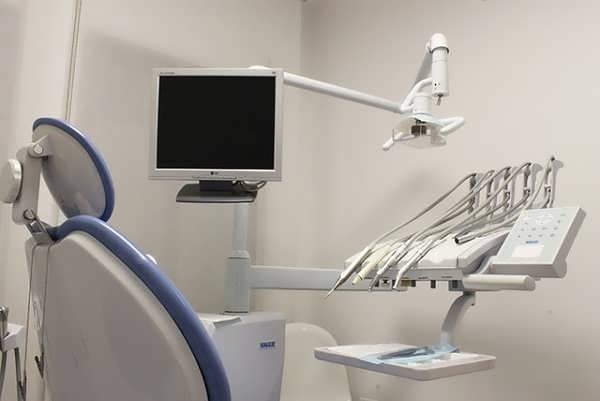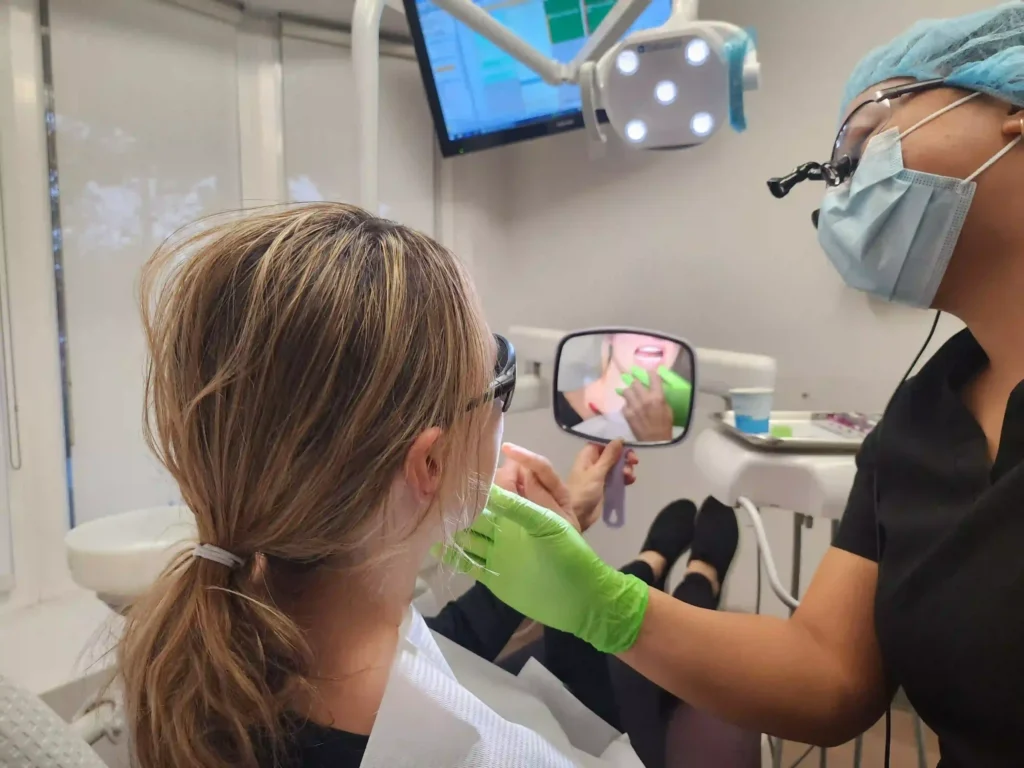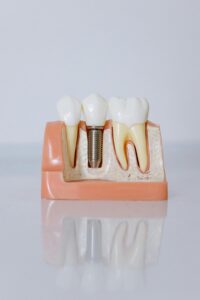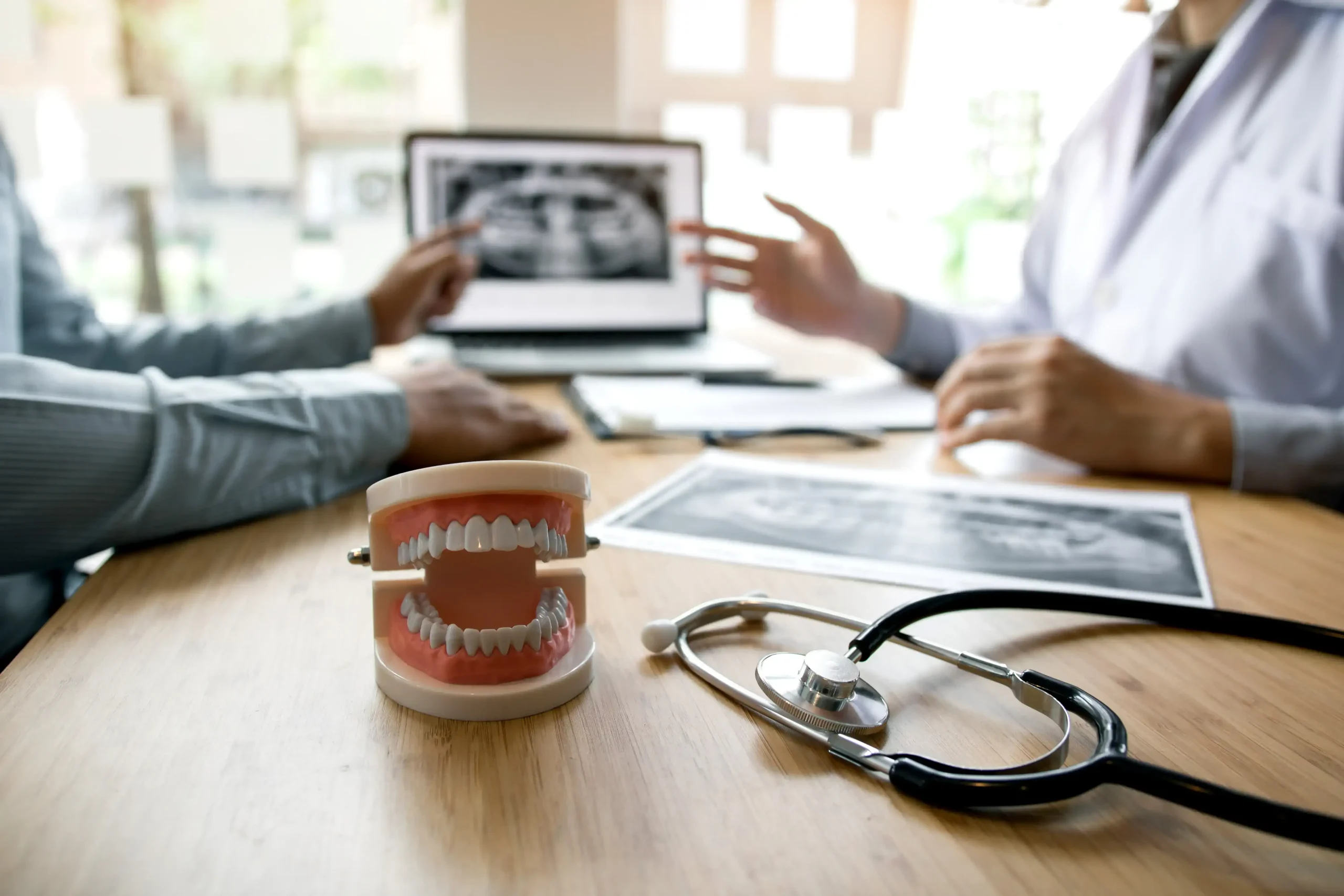Sedation dentistry helps patients relax during dental procedures through medication. It offers a range of sedation levels, from mild to deep.
Entering the world of dentistry can often bring about feelings of anxiety and apprehension. Sedation dentistry addresses this problem by offering a comfortable experience for those who find dental visits overwhelming. It suits patients with dental phobias, extensive dental needs, or sensitivity to oral discomfort.
Dentists administer sedatives in various forms such as inhalation, oral pills, or intravenous injections, tailored to the patient’s needs. This approach not only helps in managing pain but also alleviates fear, turning a nerve-wracking dental appointment into a tranquil and untroubling experience. Opting for sedation dentistry can make essential dental care achievable for those who might otherwise forego treatment, ensuring a healthier smile without the stress.
What Is Sedation Dentistry
Sedation dentistry uses medication to help patients relax during Common dental procedures. It’s ideal for people who feel anxious or uneasy about dental visits. From mild sedatives to deep anesthesia, it ensures a comfortable experience, making it possible to get the dental care you need without fear.
Types Of Sedation
- Inhaled Sedation: Also known as laughing gas, it helps you relax.
- Oral Sedation: Taken in pill form, it can range from minimal to moderate.
- IV Moderate Sedation: Administered through a vein, this works more quickly.
- Deep Sedation and General Anesthesia: Medications make you either almost unconscious or totally asleep.
Benefits Of Sedation Dentistry
Minimizes Anxiety: Sedation dentistry reduces nervousness, allowing patients to stay calm.
Enhances Comfort: Patients can avoid discomfort and pain during dental procedures.
Improves Efficiency: Dentists can work quicker and more effectively with a relaxed patient.
Memory Loss: Some sedatives can prevent memories of the procedure, beneficial for those with dental phobias.
Control of Gag Reflex: Sedation can help those with a sensitive gag reflex, making treatments easier.
When Is Sedation Dentistry Used
Sedation dentistry plays a pivotal role in helping patients get through dental visits. From calming nerves to easing complex treatments, sedation is a versatile tool in modern dentistry. It is important to recognize specific situations that necessitate its use. Below, we delve into scenarios where sedation dentistry is not only helpful but often essential.
Dental Anxiety And Phobia
Sedation dentistry is highly beneficial for individuals with dental anxiety or phobia. These conditions can cause severe stress, making it difficult for patients to even step into a dental clinic. Sedation provides a sense of calm and can range from mild to moderate, depending on the patient’s needs. Patients can receive treatment without the paralyzing fear that might have kept them away from necessary dental care.
Complex Dental Procedures
For lengthy or complex dental procedures, sedation is often used to ensure comfort. Procedures like wisdom tooth extractions or root canals can be intimidating. By using sedation, dentists can work more efficiently as patients remain still and relaxed, resulting in a smoother experience for both parties.
Sensitive Gag Reflex
Patients with a sensitive gag reflex can find dental visits traumatic. The sensation of dental instruments in the mouth can trigger discomfort and anxiety. Sedation helps suppress the gag reflex, allowing treatments to be performed without distress or interruption.
Patients With Special Needs
Patients with special needs may have difficulty cooperating or remaining still during dental treatments. Whether due to physical, developmental, or cognitive conditions, sedation dentistry can be tailored to patient needs. It creates a safer environment for both the patient and the dental team, ensuring essential dental care is provided with dignity and respect.
Different Types Of Sedation
Fear of the dentist chair can be a thing of the past with sedation dentistry. It helps to reduce anxiety and make dental procedures more comfortable. Let’s explore the options available to ensure a relaxing dental experience.
Inhaled Sedation
Commonly known as laughing gas, inhaled sedation mixes nitrous oxide with oxygen. Patients breathe it in through a mask. It helps you feel at ease quickly. The effects wear off fast after the mask is removed. This means you can drive home after your appointment.
Oral Sedation
Oral sedation dentistry comes in the form of a pill. You take the pill usually about an hour before the procedure. Depending on the dose, you can achieve mild to moderate sedation. You may become drowsy and even fall asleep during treatment. You’ll need someone to drive you home afterwards.
Iv Sedation
IV sedation is delivered directly into the bloodstream. It works rapidly and allows the dentist to adjust the level of sedation. Since you are under deep sedation, you will sleep through the procedure. Afterward, you won’t recall much of the treatment. Like oral sedation, you will need a ride home.
How Sedation Dentistry Works
Are you curious about how sedation dentistry can make your dental visit less stressful? In sedation dentistry, dentists use medication to help patients relax. We break down this process into simple steps.
Administration Of Sedatives
Before a dental procedure begins, the first step is administering sedatives.
- Oral Sedation: Taking a pill an hour before the procedure.
- Inhalation Sedation: Breathing in nitrous oxide, also known as ‘laughing gas’.
- Intravenous (IV) Sedation: Injecting medication directly into a vein.
The choice of sedation depends on the patient’s needs and the type of procedure.
Monitoring During The Procedure
With the patient sedated, continuous monitoring is crucial.
Dentists check:
| Vital Sign | Why It’s Monitored |
| Heart Rate | To ensure the heart beats normally. |
| Blood Pressure | To check for stable blood flow. |
| Oxygen Levels | To confirm the body gets enough oxygen. |
Tools like pulse oximeters and blood pressure cuffs help track these signs.
Recovery And Aftercare
After the procedure, care does not stop. Recovery is important for safety.
Patients might experience:
- Grogginess
- Short-term memory loss
- Delayed reaction times
Patients should arrange for someone to take them home. Rest is recommended for the rest of the day.
Benefits And Risks Of Sedation Dentistry
Exploring the world of dentistry reveals various methods to ensure patient’s comfort during dental procedures. Sedation Dentistry stands tall among these methods. Both embraced and approached with caution, Sedation Dentistry offers benefits and carries risks. This section dives into the crucial elements to consider.
Advantages Of Sedation Dentistry
Sedation Dentistry eases anxiety for patients. It allows people to receive necessary treatment without the fear or stress that can accompany a dental visit.
- Pain Reduction: Sedation minimizes discomfort during dental procedures.
- Faster Procedures: Dentists can work more quickly when patients are relaxed.
- Amnesia Effect: Patients may forget parts of the procedure, easing psychological distress.
- Multiple Treatments: Dentists can perform several procedures in one visit under sedation.
Potential Risks And Side Effects
Though effective, sedation dentistry isn’t without potential drawbacks. It is crucial to understand these before proceeding.
| Risk | Possible Side Effect |
| Allergic Reactions | Some patients may experience an allergy to sedatives. |
| Respiratory Issues | In rare cases, breathing can be affected. |
| Nausea | A common side effect of sedation is a feeling of sickness. |
| Postoperative Confusion | Patients might feel disoriented after waking up from sedation. |
Finding A Qualified Sedation Dentist in Scarborough
Finding a Qualified Sedation Dentist ensures a soothing and pain-free dental experience.
It’s vital to select a professional who meets high standards in sedation methods. Let’s explore how to find the best choice for your dental care.
Credentials And Training
Sedation dentistry requires specific education and certification. Patients should verify a dentist’s qualifications.
- Confirm the dentist has a current license to practice dental sedation.
- Look for membership in professional bodies like the American Dental Association (ADA) or the American Society of Dental Anesthesiologists (ASDA).
- Check for completion of accredited sedation dentistry courses and any additional advanced training.
Experience And Reviews
A dentist’s background can speak volumes. Prioritize those with extensive experience in sedation dentistry.
- Seek out online reviews and testimonials from previous patients.
- Evaluate the success stories and any mentions of the dentist’s approach with sedation.
- Consider dentists who show a steady history of sedation procedures.
Communication And Comfort
A caring dentist should make you feel at ease. They should clearly explain processes and answer questions.
- Expect a thorough discussion about the types of sedation available and what suits you best.
- The dentist should offer a comfortable environment and reassure patients throughout the procedure.
- Look for a practice that prioritizes patient care and alleviates dental anxieties.
Preparing For A Sedation Dentistry Procedure
Stepping into the world of sedation dentistry requires a touch of preparation.
Understanding the steps to get ready can make the experience smooth.
Consultation With The Sedation Dentist
Meeting your sedation dentist first is crucial.
- Discuss medical history – Share any health concerns or medications.
- Choose the right sedation – Options range from mild to deep.
- Answer questions – This clears any doubts.
- Get instructions – A list of do’s and don’ts for before the procedure.
Instructions For Before The Appointment
Follow the guidelines given by the dentist for a safe experience.
Avoid eating or drinking for a certain period before the procedure.
| Type of Sedation | Time to Stop Eating/Drinking |
| Inhalation sedation | 2 hours |
| Oral sedation | 4 hours |
| IV sedation | 6 hours |
Arrange transportation – Sedation effects might impair your ability to drive.
Wear comfortable clothing – This helps you relax during the procedure.
Follow prescription advice – Take any provided medication as directed.
Frequently Asked Questions Of Sedation Dentistry
What Is Sedation Dentistry?
Sedation dentistry utilizes medication to help patients relax during dental procedures. It’s often used for people who experience dental anxiety or require extensive treatments.
Who Can Benefit From Sedation During Dental Care?
Individuals with dental phobias, sensitive teeth, low pain threshold, or those needing complex dental work can greatly benefit from sedation dentistry.
Are There Different Levels Of Sedation In Dentistry?
Yes, sedation levels vary from minimal, where you’re awake but relaxed, to general anesthesia, where you are completely unconscious.
Is Sedation Dentistry Safe For Children?
Sedation dentistry is generally safe for children when administered by a trained professional, providing a less traumatic dental experience.
How Long Does Dental Sedation Last?
The effects of dental sedation can last from a few minutes to several hours, depending on the type and dosage of sedation used.
Conclusion
Embracing sedation dentistry can transform your dental experience. Fears and discomfort no longer need to stand in your path to oral health. With the guidance of skilled professionals, a stress-free appointment is within reach. Prioritize your well-being and consider sedation options for your next visit. A calm, pain-free journey to a healthier smile awaits.







